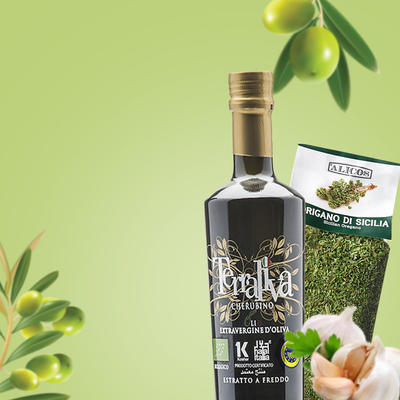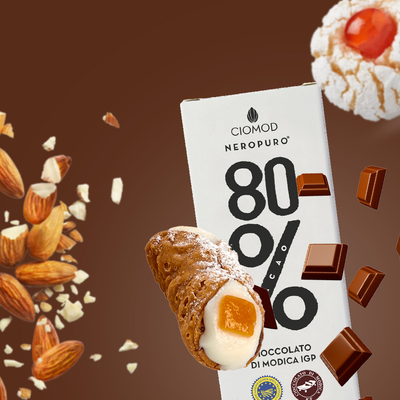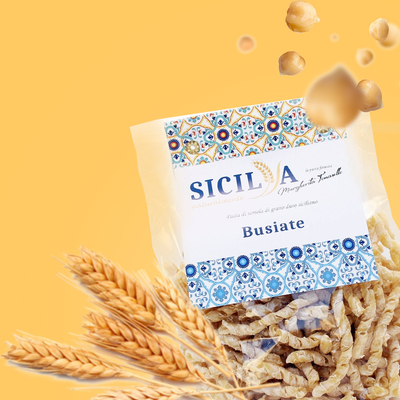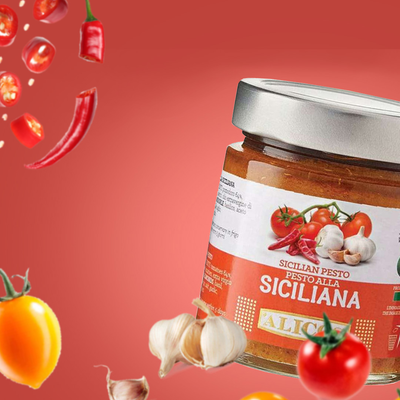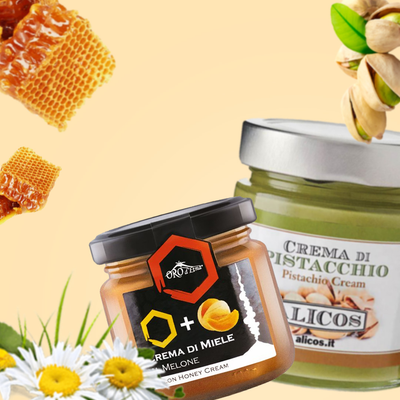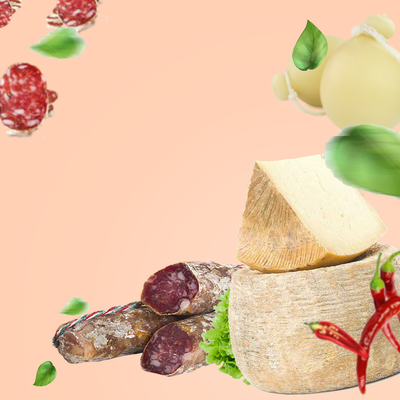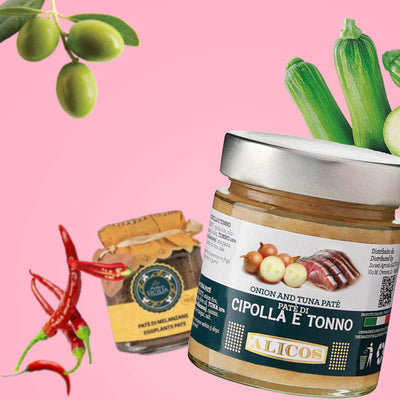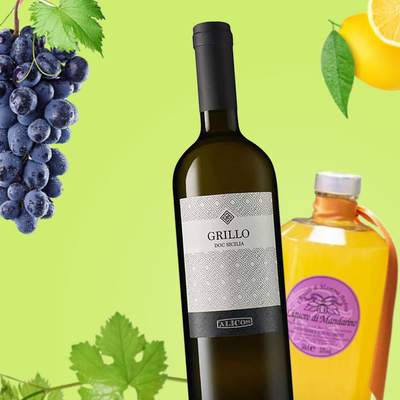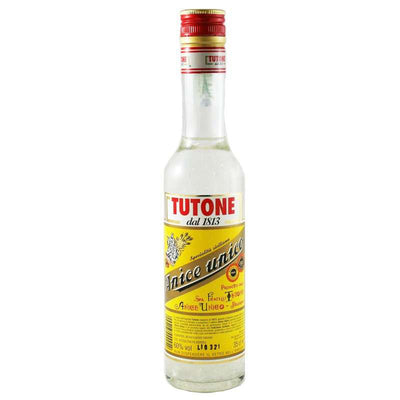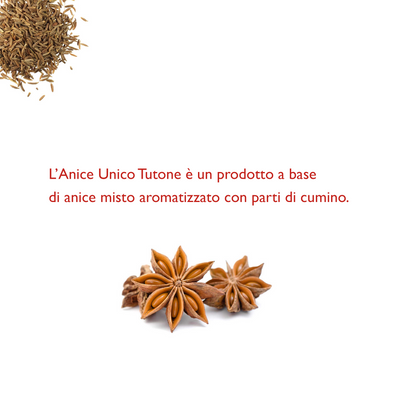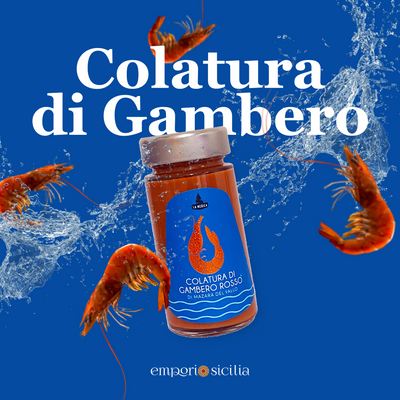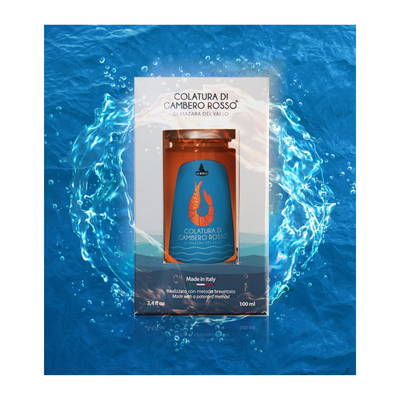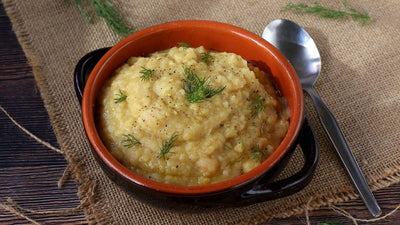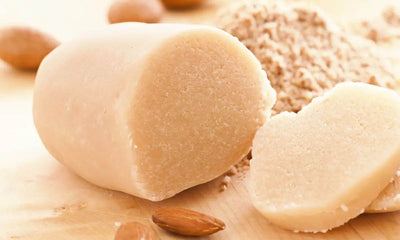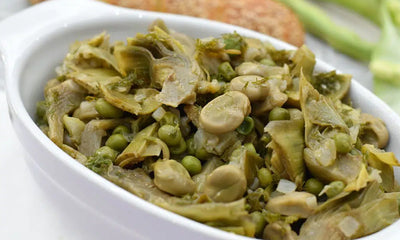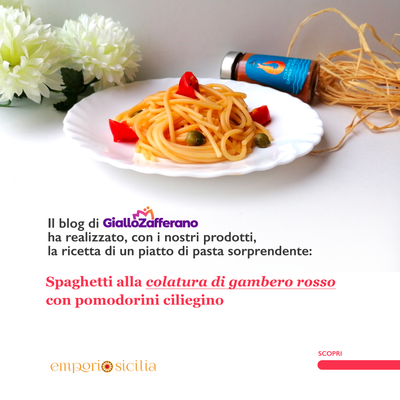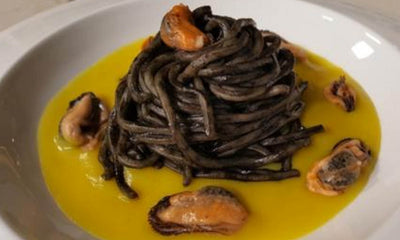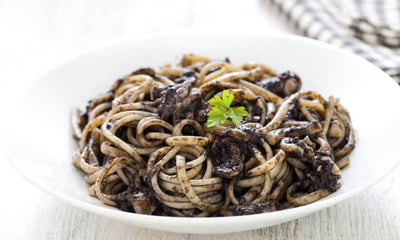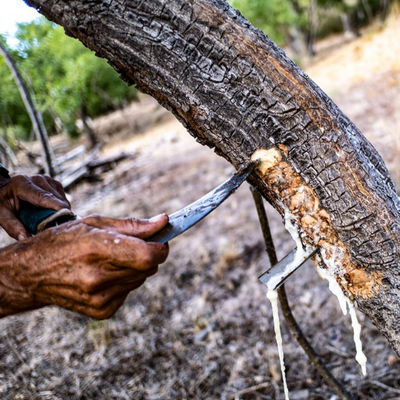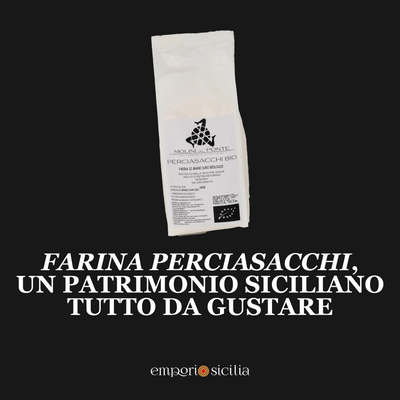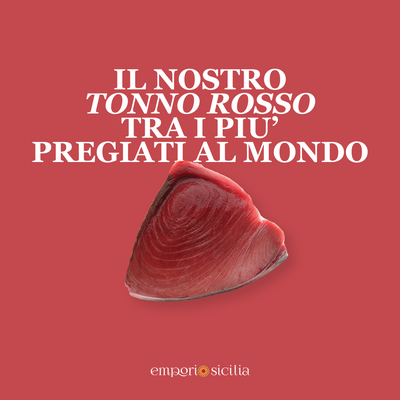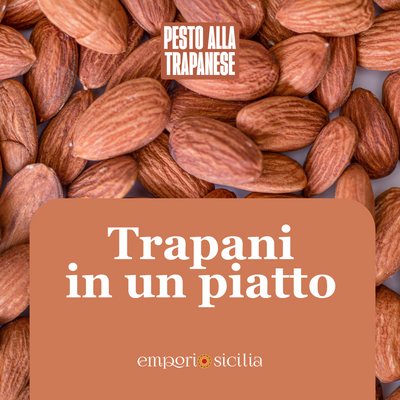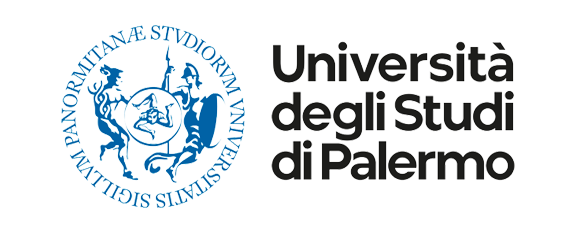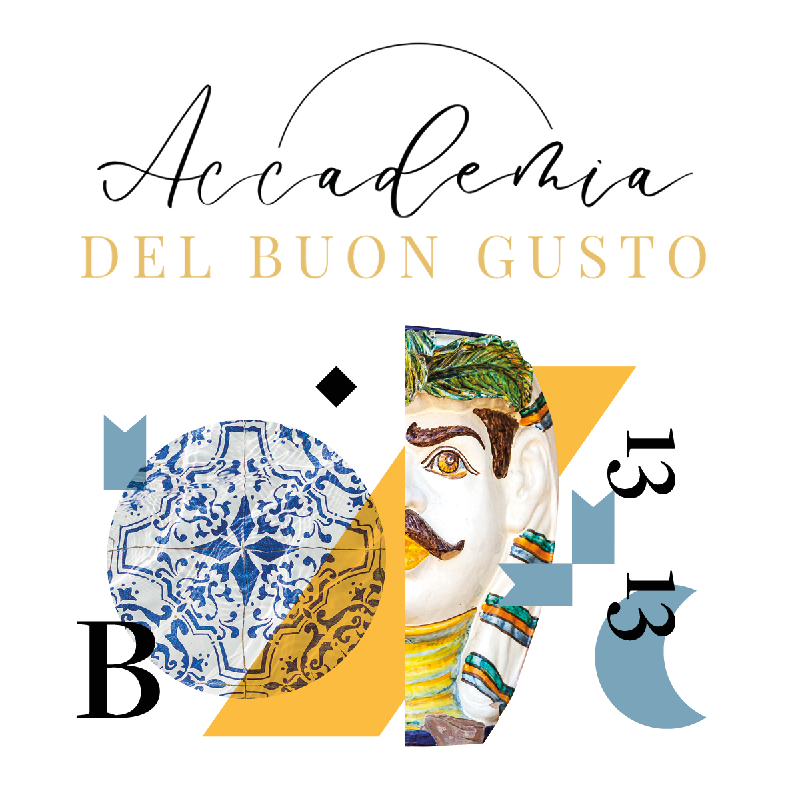The Sicilian Caciocavallo: you will surely have heard of this wonder of milk and tradition that has filled the tables and kitchens of Sicily for millennia.
Things? It is a matured stretched curd cheese , widespread in all the Italian regions that were part of the Kingdom of the Two Sicilies. On our island there are two main varieties: the Caciocavallo from Palermo or Godrano and the Caciocavallo Ragusano DOP . Similar in production, the two cheeses have numerous differences linked to the territory of origin.
What is the difference between caciocavallo from Palermo and Ragusa?
Caciocavallo di Godrano or Palermo is produced mainly with the milk of Cinisara cows , a black-coated breed from the group of Italian Podolian breeds. Although it extends throughout the province of Palermo, the production of Caciocavallo Palermitano is traditionally concentrated above all in the municipalities of Godrano and Cinisi.
Those of the Cinisara breed are native cows of the area and are characterized by rusticity and longevity. They love roughage and know how to adapt to extreme farming conditions. Really tough! They are mainly raised in marginal hill and mountain areas, rich in permanent pastures and undergrowth.
Caciocavallo Ragusano DOP , on the other hand, is produced in the Ragusa countryside with the milk of Modican breed cattle . The Iblei plateau, in the south-east of Sicily, features green pastures and cultivated fields until reaching the sand dunes, rich in spontaneous vegetation, where cows graze.
What is the difference between table caciocavallo and grated caciocavallo?
As we were saying, this cheese is made with whole milk and has two varieties. In addition to the difference in location, the difference in seasoning also comes into play to create different variations.
The table caciocavallo is aged for 3-6 months , while the grated one is aged for 8-9 months.
What does this product taste like? Describing the perfect taste in just a few words is an understatement, but we'll try! It has a sweet flavour , tending towards spicy as it matures, and is very aromatic . It has the characteristic spindle shape with a narrowing at the upper end, a smooth and thin rind , inedible, compact texture and light straw-coloured holes.
Caciocavallo: season, nutritional properties, edible part, calories
The caciocavallo production season lasts all year. It is an extremely healthy and nutritious food : its contribution of high biological quality proteins , highly assimilable calcium , vitamins B1, B2, PP and A and good quantities of phosphorus are notable. Its amount of lipids is 31%. The edible part corresponds to 90% of the dairy product. However, it is better not to overdo it: it contains 439 Kcal per 100g of product. The recommended doses are therefore between 50 and 80 g per person.
How to store it and how to clean it
To preserve the caciocavallo, especially in summer, it is advisable to cover it with a linen cloth and place it in the refrigerator in a cheese maker, preferably with a wooden plate. To clean it, or remove the crust of the Caciocavallo, you can use a knife. Furthermore, if mold forms, simply remove it carefully without throwing away the whole piece.



